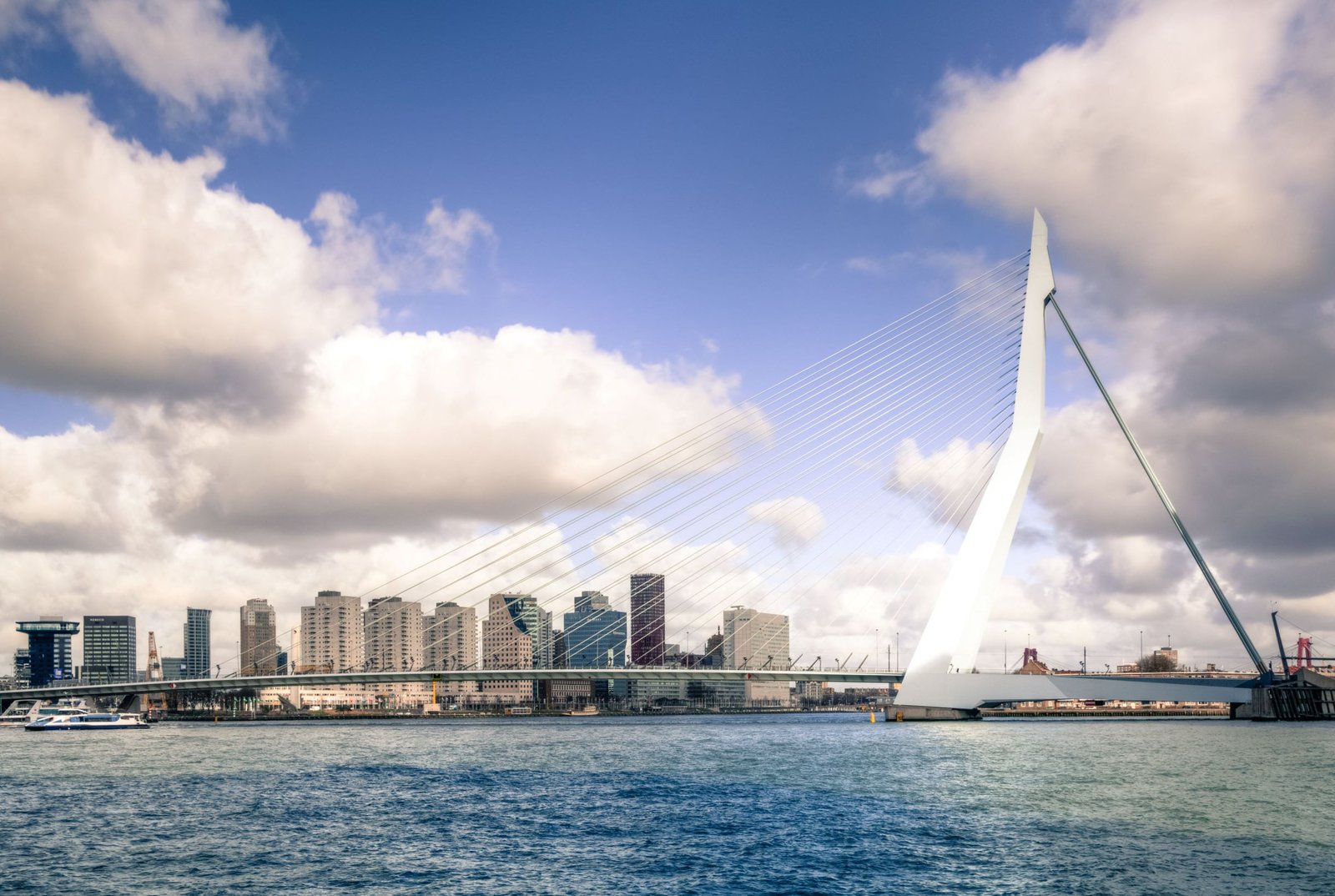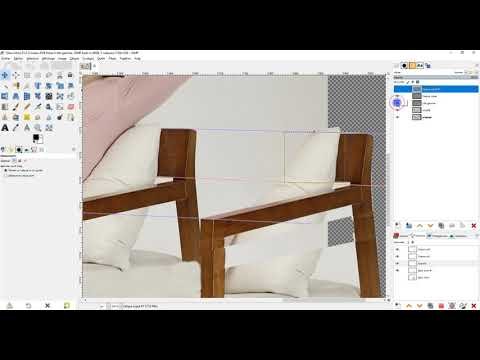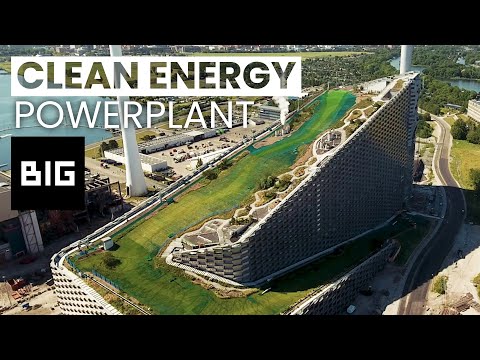Considerations for a healthy environment in urban design – Netherlands
Considerations for a healthy environment in urban design – Netherlands
By some estimates, cities consume more than two-thirds of the world’s energy, and account for more than 70% of global CO2 emissions, a number that is sure to increase as global migration from rural to urban areas continues. In this article, we will talk about healthy environment considerations in urban design, and we will take the Netherlands as an example.
About 60 cities in 30 countries are already working with the “Healthy Cities Approach” of the World Health Organization, which includes many activities that focus on education, income, housing and lifestyle.
Rotterdam is the first Dutch municipality to be awarded the title of Healthy City by the World Health Organization. Note that “Healthy City” is “health-conscious and striving to improve it”, not necessarily “that has achieved a specific health condition”.
The Dutch design and design studio FABRICations has investigated how Dutch cities are paying attention to designing their cities under a sustainable healthy environment, by reducing carbon emissions through new design-based methods as they seek to explore new models of how healthy cities can sustain these demands more effectively.

Healthy environment in urban design
As a result, the company has developed a six-strategy approach to the future of healthy city design, which has been demonstrated through numerous design and collaborative research projects.
- Use the residual heat, reuse successive energy and reduce consumption, thereby activating the public space and facilitating sustainable mobility.
The features of this strategy are reflected in its testing in projects such as “Metabolism in Rotterdam” and “The Regional Spatial Agenda for Brabant”. Previously a huge amount of the remaining heat was seized from the city’s industrial area to cope with the greenhouses and office buildings, the remaining heat that left the city after meeting local demand was used to heat the biking trails in the icy roads in the winter, which ultimately ensured that all temperatures were used Remaining.
- Transforming modern cities into sponges, and generating flexible storm water storage with additional off-peak functionality.
On this topic it is mentioned that “the urban expansion of Ninjoo-Brambram to 1.8 million people”, a landscape of the flood was presented to capture the excessive runoff in urban areas. The “green fingers” are designed to break the urban network according to the landscape topography, becoming a versatile space for food production, recreation and biodiversity. ”
- Collect and treat organic waste to fertilize urban farms and produce sustainable energy
FABRICations “Metabolism in Rotterdam” address reuse of organic waste from multiple angles. A system was proposed to capture nutrients and phosphates in waterways. Usually valuable materials are washed in agricultural operations and flowed into the river. Alternatively it can be reused in aquaculture and energy production infrastructure.
It has also been hypothesized that a household waste sorting system can help maximize waste value by producing proteins and biomass energy systems.
- Establish deliberate mechanisms to reuse construction waste, reduce demolitions, and logistical services for building materials and new construction in a way that preserves the heritage and creates sustainable and inclusive societies
To explain the features of this strategy: “In the design of” Bajes Kwartier “, a former prison complex that will be converted into a” sustainable residential neighborhood in the future “, carbon dioxide emissions for new construction have been significantly reduced by treating and reusing 95% of building materials on site Four of the existing buildings will be preserved and converted into very attractive elements.
- Benefiting from neglected urban pockets, thus encouraging healthy lifestyles through direct contact with nature.
Features of this strategy “Such an approach has been proposed in the” Environmental Energy Network “, which is a strategic design for converting areas near energy lines into the largest biodiversity corridor in the Netherlands. These areas are usually subject to development restrictions, and are often ultimately neglected, especially in urban areas If converted to green corridors, they will provide additional value to the environment and urban societies.
- Prioritize access to sustainable mobility and electric cars by building the infrastructure dedicated to this goal while providing renewable energy.
Of course, like most of the issues mentioned, this problem can be addressed from the point of view of spatial design as far as it is from the process of defining a strategic location. In the study “Highway x City”, the main transport routes in Amsterdam have been transformed into street cities, with the possibility to improve pedestrian and bike paths, charging stations for electric cars and underground traffic routes.
Read also: The best architectural design programs







